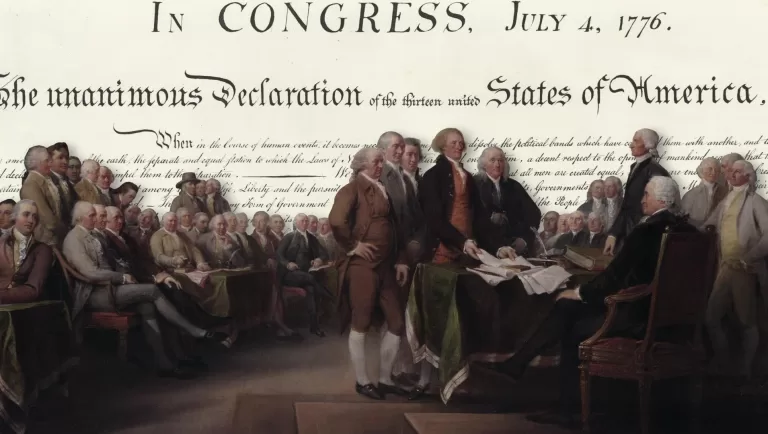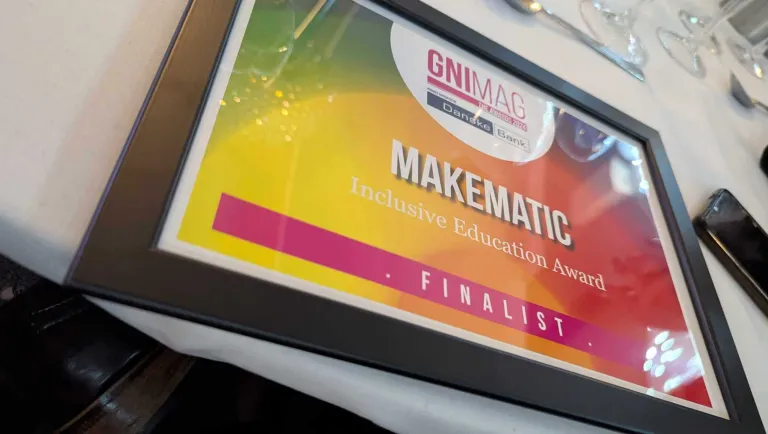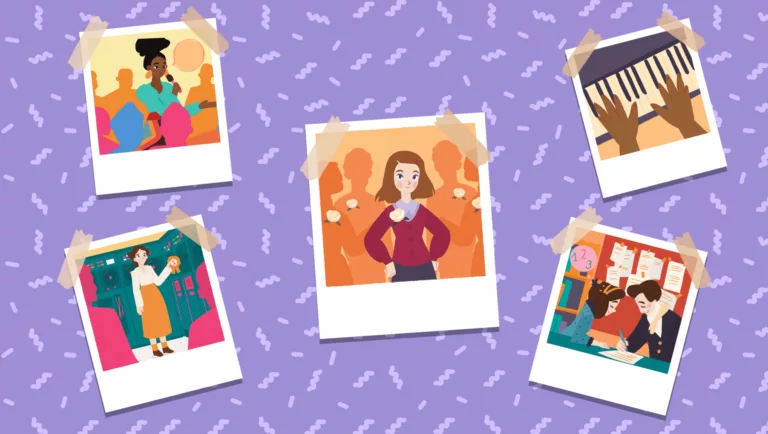
Educating YouTube
The drivers for digital disruption are a complex set of parameters. We all know the names of the technology providers ubiquitous in our everyday life and their influence continues to grow and spread.
I have worked in and around the educational content sector for almost 30 years and it has been a period of profound change. The obviously driver – technology is easy to talk about, but it is only since having children that I have realised the very profound effect that technology is having on the way that human beings learn and develop.
Always a good starting point for any argument about the differences in age groups are generational divisions, as there are fluctuations dependent on where the figures are researched. Generational divisions give us a good clue as to where the products of the future will hook their consumers and bring commercial success.
My sons belong to the post-millennial generation. They are hugely different to me I am beginning to see. They process information incredibly quickly and work out what the important stuff is to know and, surprisingly, how to use it. As an example, a friend of my eldest who is five fell in the park recently and hurt himself quite badly. My son has never had any first aid training but has watched a few videos targeting children on Youtube (and I am sure, practised on his little brother!) Instantly when his friend fell, he knew what to do. Not only did he watch the video, but he also processed the information and was able to convert that into a real-world situation. Facts are also all-important to him, and if I can’t answer one of the many questions that he wants answering each day, he instantly talks to Google who gives him the correct response as well as a multitude of others straightaway.
Living in a fully multimedia world both born after the advent of social networking, and although they are not allowed anywhere near Tiktok, Facebook and Instagram, the eldest has worked out that people put videos of themselves ‘doing things’ on Youtube. We can’t go out without the question popping up “Daddy, video me doing this and put it on Youtube”.
Pew Research reported recently that we have reached a point where Millennials have overtaken Baby Boomers as the largest demographic, and this is having great consequences on the way that consumers of education consume. This is backed up by various demographic studies the United Nations have undertaken.
Looking at the broad-brush strokes of technological influence, TV was key for Baby Boomers, as it was for Generation X who were part influenced by the internet in terms of the way they prefer to consume content. But Millennials and Post-Millennials have lived their lives surrounded by the internet, the mobile internet, and the networked economy. This has had a drastic effect in the way they consume any type of media, be it mass-market or in the educational niche, and it is transforming the way they expect products to be structured, built and commercially modelled for them, taking into account that many parents are Millennials with children who are post-Millennials.
All the indicators right now show the smart money is being invested in video and VR technology for education, with all predictions pointing to the explosive growth of video content occurring in the mass-market, now spilling over into and consuming the education “niche”.
Anecdotally, a Youtube subscription has been the must-have during the Covid crisis amongst us and all the other parents of my sons’ peer groups. Youtube with its Youtube Kids version is the current front runner when it comes to teaching children just about anything whilst keeping them amused in an environment which is safe. I have noticed more and more that Youtube has become first choice for us all.
My eldest’s teacher at our local primary school is in her first year of teaching. It is requested by the school that parents spend as much as we can afford on apps, so we and many others do. The school makes recommendations, and this is added to our tally for Youtube and other direct-to-parent subscriptions each month. My son’s teacher understands the frustration that he and many of his friends are feeling in their first year of school. Although most have had access to books before starting school, many find the change down from a blended multimedia learning pathway at home/nursery to a predominantly analogue one in the classroom exceedingly difficult. This only compounds to the teacher’s overall stress.
During the period of lockdown when we were homeschooling, we had flat refusals on much of the work which was sent home for our eldest to complete. I personally agreed with him. I think I would have flatly refused a lot of it! When talking to others this seemed to be par for the course with his age group, and we found different ways for our son to learn the same things in a ‘more multimedia way’. Unguided, untested, untracked, and undeniably ticking all the learning objectives for the exercise and more.
The relationship between parents/schools/children is changing rapidly, that is for sure. Parents have far more power within the supply chain for learning products and services and video is playing a central part in the learning pathways of a new generation of learners because video content is ubiquitous in everyday life and most globally have access to technology that can access it seemingly for free. For any educational content provider, video must form a central pillar of current and future strategy.
How is Youtube going to educate you?
Let's Work together


Makematic Finalists in Inclusive Education Award

